top of page


It was used as a hunting lodge for the royal hunts in the nearby Arrabida mountains in the Peninsula of Setubal, south of Lisbon. It belonged to Dona Brites, the mother of King Manuel I who launched the maritime expansions of Portugal, and later to the son of the first Viceroy of India, Afonso de Albuquerque, who also did much to embellish the Quinta and give it much of its current appearance as one of the most prominent Renaissance residences in the country.
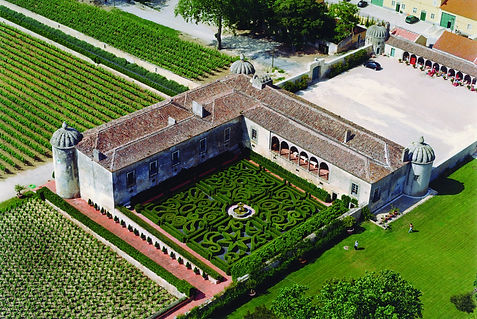
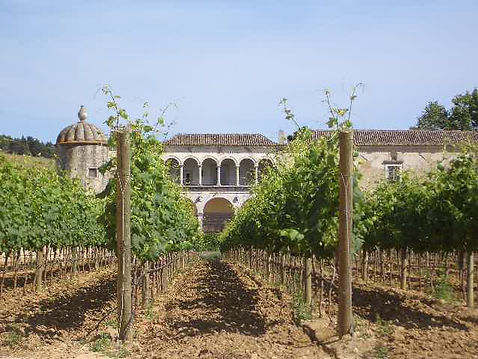

It strongly follows the Italian Renaissance style, with various local Portuguese influences, including a series of tile installations.




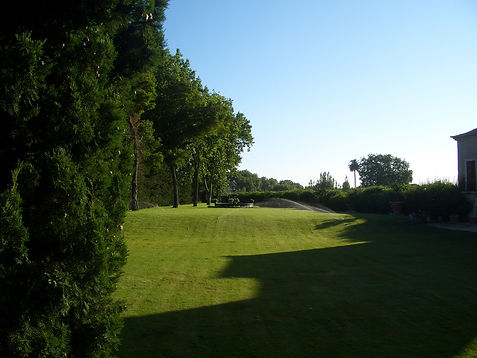
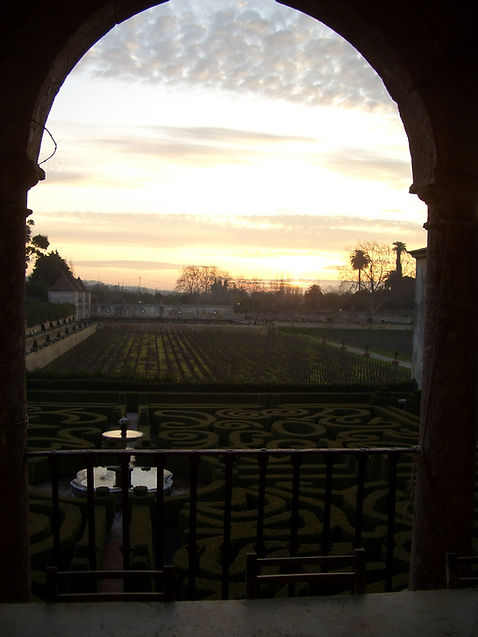

In the 1930s the Quinta was acquired by the American art historian Orlena Scoville, who saved the monument by carrying out extensive restorations with a great sense of heritage and aesthetics. In 2000 it was acquired by the Bacalhoa group who contacted us to help with further restoration work on the roofs, interiors, gardens, and expansion of the tile collection.



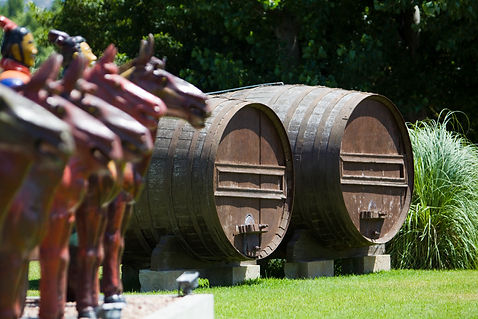

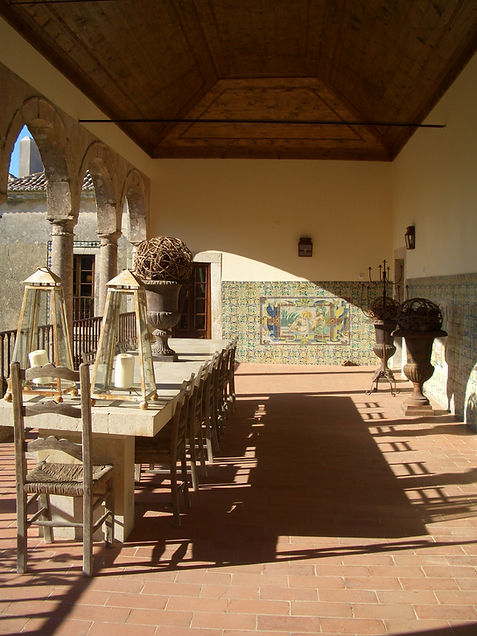
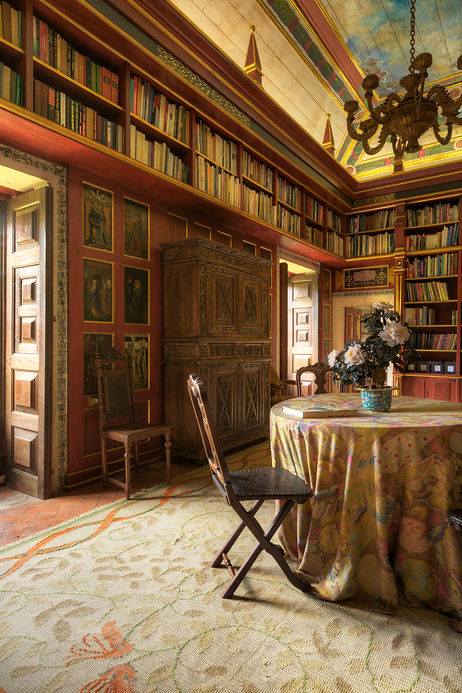
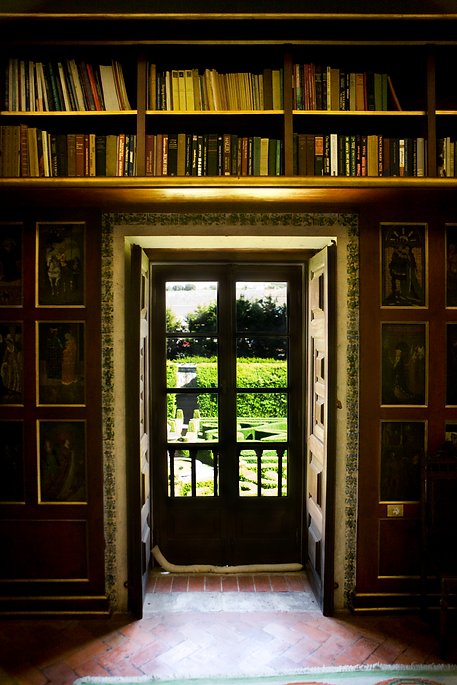

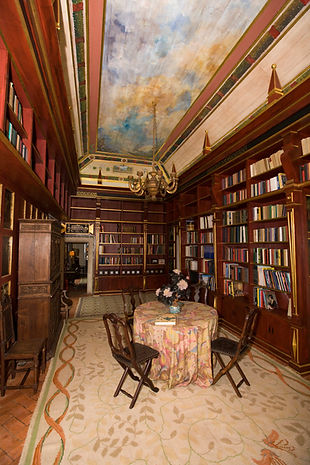


bottom of page


